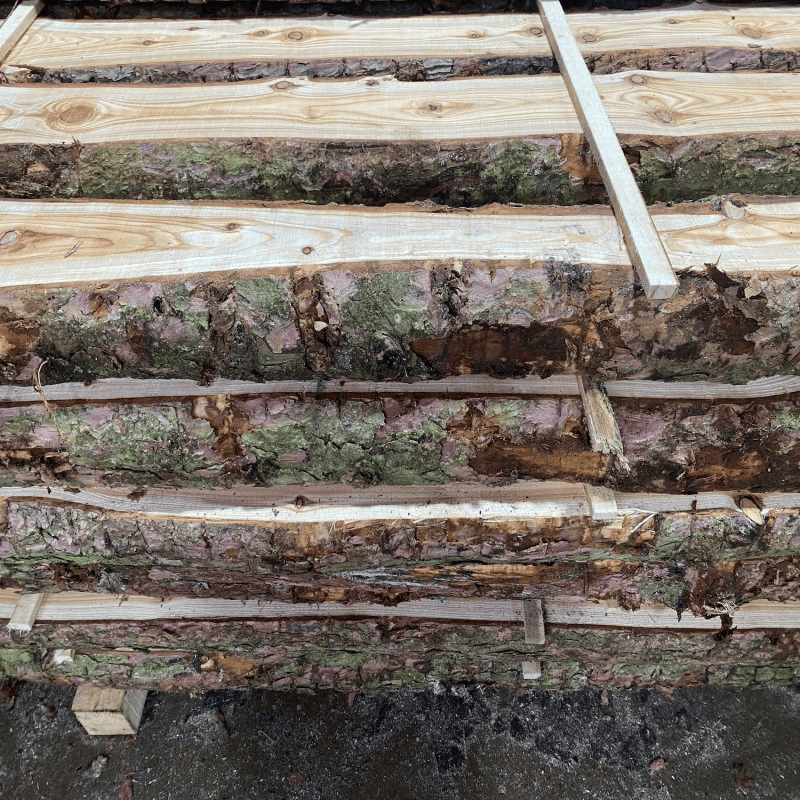Is Timber Cladding Waterproof?
Timber cladding is often praised for its characterful finish, adding value to residential and commercial buildings, but as a product of nature, is it waterproof?
Generally, timber cladding boards are designed to fix flat to the surface, offering additional security and increased weather protection. That said, a waterproof membrane is recommended to be used underneath the boards, to ensure moisture doesn't cause any damage to the building. Further measures can be taken to increase weather protection, such as using cladding treatments, which provide long-lasting protection against the elements.
Understanding the different cladding profiles
We know that timber cladding woods age beautifully — it's why they've become so popular in the UK. But understanding the different types of products available is essential when determining durability, weather protection, sturdiness and style. Below are just a few of the main types of timber cladding:
Featheredge Cladding
Whether you choose Oak, English Larch, Siberian Larch, Nordic Pine or Treated Softwood, featheredge cladding is one of the most cost-effective ways of cladding a building in timber. Cut from one board on the diagonal to create two tapered boards that (when overlapped and fitted) will deliver a beautiful rustic appearance. These boards typically have a rough sawn face on show with distinct shadow lines adding a clean and tidy look and excellent weather protection.
Ends Matched Cladding
End-matched cladding is also very popular. Boards are machined with a tongue and groove system on the ends, allowing them to join anywhere – not just on the stud. It's another highly effective and protective form of cladding, and the main advantage is that it creates a very consistent appearance.
Rebated Featheredge Cladding
This cladding form is typically stronger because it's cut from thicker and deeper boards, offering outstanding stability and durability.
Shiplap
A beautiful yet practical finish with run-off protection against moisture and rainfall. It is usually fixed horizontally.
Tongue & V-Groove
This profile is very tidy, shielding buildings from water, wind and the cold — creating great all-round weatherproofing.
Wayney Edged
Wayney edged weatherboarding is very traditional in appearance, especially when the bark is left on the waney edge, providing a rustic character. Our very own waney-edge boards are supplied fresh cut with a sawn finish, from logs harvested in native woodlands.
Choosing the best quality timber cladding for your needs
With any of these cladding profiles, a high-quality installation will undoubtedly provide a degree of thermal insulation and weather resistance. That said, using a waterproof membrane and adding a treatment will elevate this protection, ensuring it provides the best possible defence against heavy downpours, freezing temperatures and harsh wind.
If you're looking to install timber cladding for your building, we have a vast range of cladding boards to choose from, including oak, larch and pine. Our range is carefully selected to ensure that it meets the high-quality expectations at affordable prices, whilst we have products available for both internal and external usage.
« Back to news list






